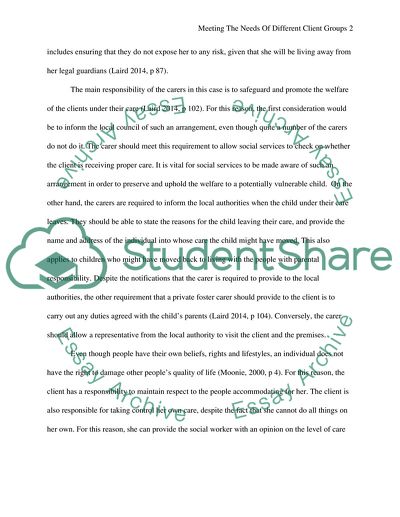Cite this document
(“Meeting the Needs of Different Client Groups Assignment”, n.d.)
Retrieved from https://studentshare.org/family-consumer-science/1650837-meeting-the-needs-of-different-client-groups
Retrieved from https://studentshare.org/family-consumer-science/1650837-meeting-the-needs-of-different-client-groups
(Meeting the Needs of Different Client Groups Assignment)
https://studentshare.org/family-consumer-science/1650837-meeting-the-needs-of-different-client-groups.
https://studentshare.org/family-consumer-science/1650837-meeting-the-needs-of-different-client-groups.
“Meeting the Needs of Different Client Groups Assignment”, n.d. https://studentshare.org/family-consumer-science/1650837-meeting-the-needs-of-different-client-groups.


